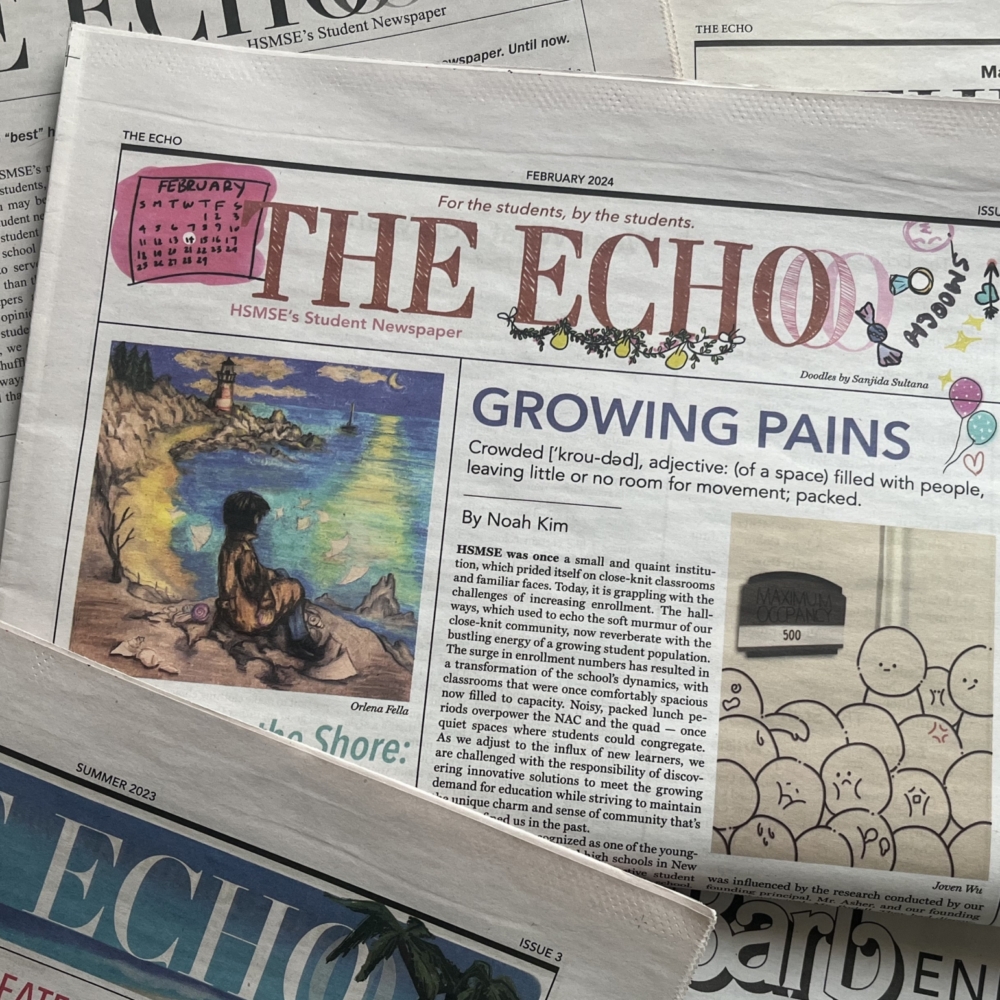What Does News Articles Mean?
What Does News Articles Mean?
Blog Article
The 15-Second Trick For News Articles
Table of ContentsNews Articles Things To Know Before You BuyThe Buzz on News ArticlesThe 25-Second Trick For News ArticlesNews Articles Can Be Fun For Anyone10 Easy Facts About News Articles Described
Excellent knowledge of various topics offers pupils an affordable edge over their peers. Also though digital and social media are conveniently accessible, we need to not neglect just how essential it is to check out the papers. Parents must attempt and inculcate the habit of reading a newspaper as a day-to-day regimen to continue the tradition of the revered print medium.News tales likewise consist of a minimum of one of the adhering to essential qualities loved one to the designated target market: proximity, importance, timeliness, human interest, oddity, or repercussion. The relevant term journalese is often made use of, generally pejoratively, to describe news-style writing. One more is headlinese. Newspapers normally follow an expository writing style.
Within these restrictions, news stories likewise aim to be detailed. Amongst the larger and extra reputable papers, justness and balance is a major factor in offering information.
Newspapers with a worldwide audience, as an example, have a tendency to use a more formal style of composing. The particular options made by a news electrical outlet's editor or content board are frequently collected in a style overview; common design guides consist of the and the United States Information Style Publication. The major objectives of news writing can be summed up by the ABCs of journalism: precision, brevity, and clarity.
More About News Articles
As a regulation, journalists will certainly not utilize a long word when a brief one will do. Information writers try to avoid utilizing the very same word more than as soon as in a paragraph (occasionally called an "echo" or "word mirror").
Headings sometimes omit the topic (e.g., "Leaps From Boat, Catches in Wheel") or verb (e.g., "Pet cat lady lucky"). A subhead (likewise subhed, sub-headline, subheading, caption, deck or dek) can be either a secondary title under the major headline, or the heading of a subsection of the post. It is a heading that precedes the primary text, or a group of paragraphs of the major text.

Extra signboards of any of these types may appear later in the post (specifically on subsequent web pages) to entice more analysis. Such signboards are likewise used as pointers to the article in various other areas of the magazine or website, or as ads for the item in various other magazine or sites. Common framework with title, lead paragraph (recap in strong), various other paragraphs (information) and contact info.

Example of a hard-lead paragraph NASA is proposing one more room task. The budget requests around $10 billion for the job.
An "off-lead" is the 2nd most crucial front page information of the day. To "hide the lead" is to start the write-up with history information or information of secondary importance to the viewers, requiring them to check out more deeply right into an article than they need to have to in order to uncover the essential factors.
The Single Strategy To Use For News Articles
Usual usage is that one or 2 sentences each create their very own paragraph. Journalists usually describe the company or framework of a news tale as an upside down pyramid. The important and most interesting components of a tale are put at the start, with sustaining information following in order of diminishing relevance.
It permits individuals to explore a subject to just the deepness that their interest takes them, and without the charge of details or subtleties that they can consider unnecessary, yet still making that information readily available to much more interested readers. The inverted pyramid structure likewise makes it possible for articles to be trimmed to any type of arbitrary size during layout, to suit the room readily available.
Some authors begin their stories with the "1-2-3 lead", yet there are several sort of lead readily available. This format invariably starts with a "5 Ws" opening up paragraph (as explained above), complied with by an indirect quote that serves to support a major element of the very first paragraph, and then a straight quote to sustain the indirect official source quote. [] A kicker can refer to multiple things: The last tale current program; a "satisfied" tale to finish the program.
Longer articles, such as publication cover short articles and the items that lead the within sections of a paper, are recognized as. Attribute tales differ from straight information in several ways. Foremost is the lack of a straight-news lead, many of the time. Rather than providing the essence of a story up front, feature writers may try to tempt viewers in.
A Biased View of News Articles
The reporter frequently details communications with meeting subjects, making the piece much more personal. An attribute's very first paragraphs typically relate a fascinating minute or event, as more in an "anecdotal lead". From the particulars of a person or episode, its sight swiftly expands to generalizations about the tale's subject. The section that signals what an attribute has to do with is called the or signboard.

The Editor's Toolbox: A Referral Guide for Beginners and Professionals (2001) Allan M. Siegal and William G. Connolly. The New York City Times Guidebook of Style and Usage: The Authorities Design Overview Used by the Writers and Editors of the World's The majority of Authoritative Newspaper (2002) M. L. Stein, Susan Paterno, and R.
Report this page